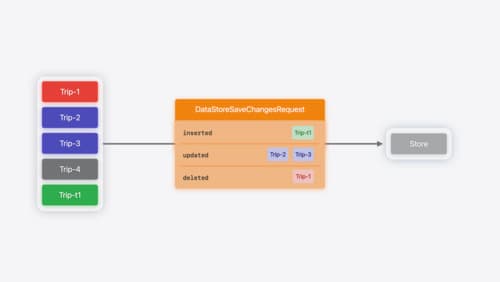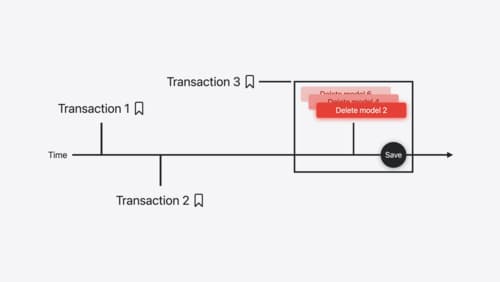Introduce swift data
Asked on 2025-03-04
1 search
Swift Data is a framework introduced with iOS 17 that allows developers to model and persist app data across all of Apple's platforms using Swift. It leverages modern Swift language features, such as macros, to provide a fast, efficient, and safe way to handle data. Swift Data not only offers persistence but also supports modeling, schema migration, graph management, and synchronization with CloudKit.
Key features of Swift Data include:
- Modeling and Persistence: Swift Data makes it easy to build your app's model layer and persist it across app launches. You can define your schema with minimal additions to a Swift class using the model macro.
- Custom Data Stores: You can use custom data stores to persist data using alternative backends like SQLite, a remote web service, or JSON files. This flexibility allows you to use Swift Data's API with various storage solutions.
- History Tracking: Swift Data provides access to the history of changes in a datastore, which is useful for tracking local changes that need to be synced to a remote service.
- Query Optimization: New macros like #Index and #Unique help optimize queries by indexing commonly queried properties and ensuring unique entries in a set of properties.
For more detailed information, you can refer to the session What’s new in SwiftData (00:00:07).

Create a custom data store with SwiftData
Combine the power of SwiftData’s expressive, declarative modeling API with your own persistence backend. Learn how to build a custom data store and explore how to progressively add persistence features in your app. To get the most out of this session, watch “Meet SwiftData” and “Model your schema with SwiftData” from WWDC23.

Platforms State of the Union
Discover the newest advancements on Apple platforms.

Track model changes with SwiftData history
Reveal the history of your model’s changes with SwiftData! Use the history API to understand when data store changes occurred, and learn how to use this information to build features like remote server sync and out-of-process change handing in your app. We’ll also cover how you can build support for the history API into a custom data store.
